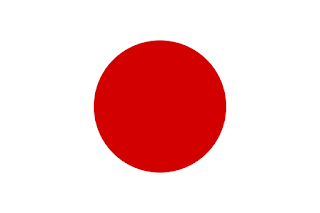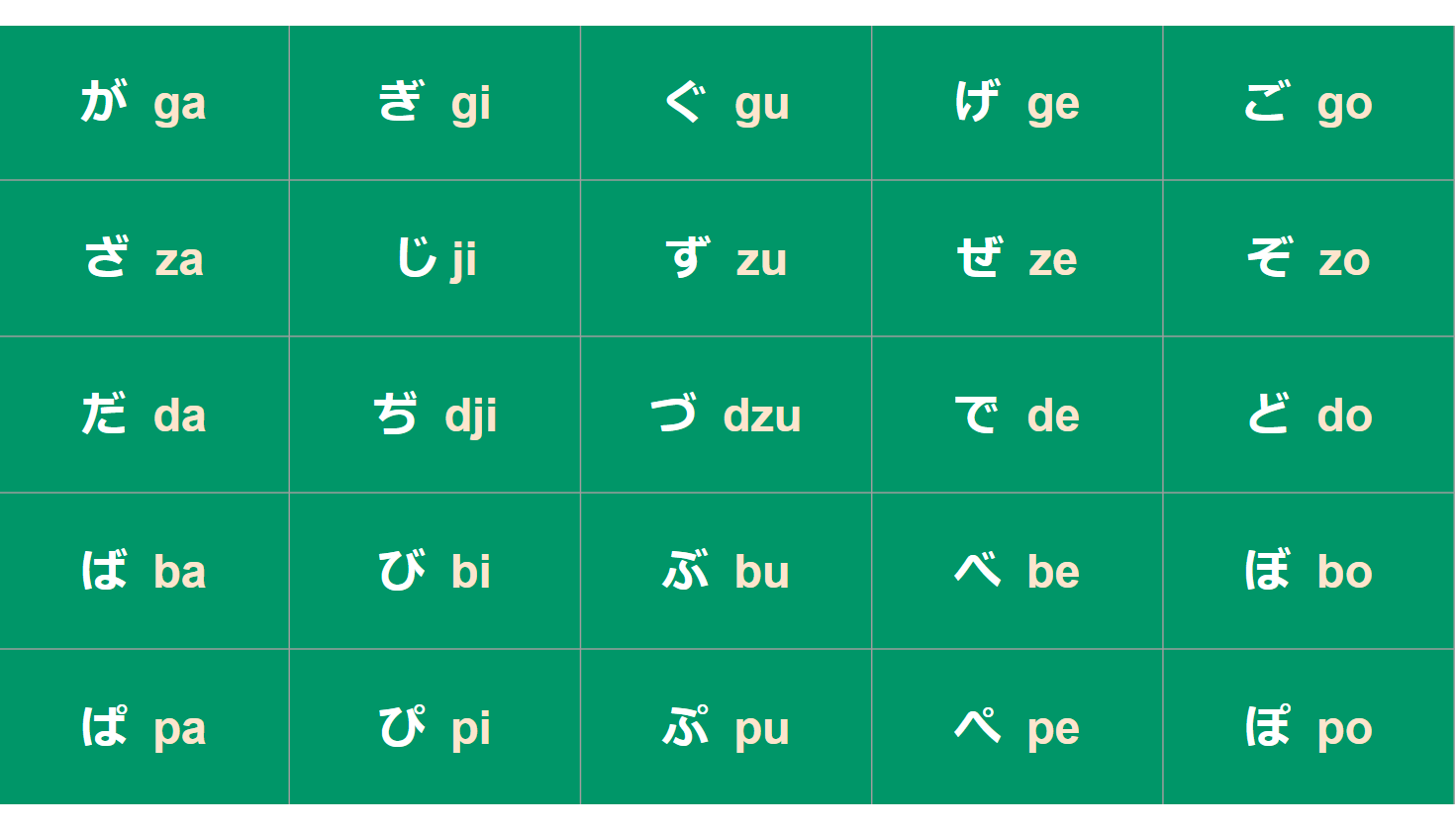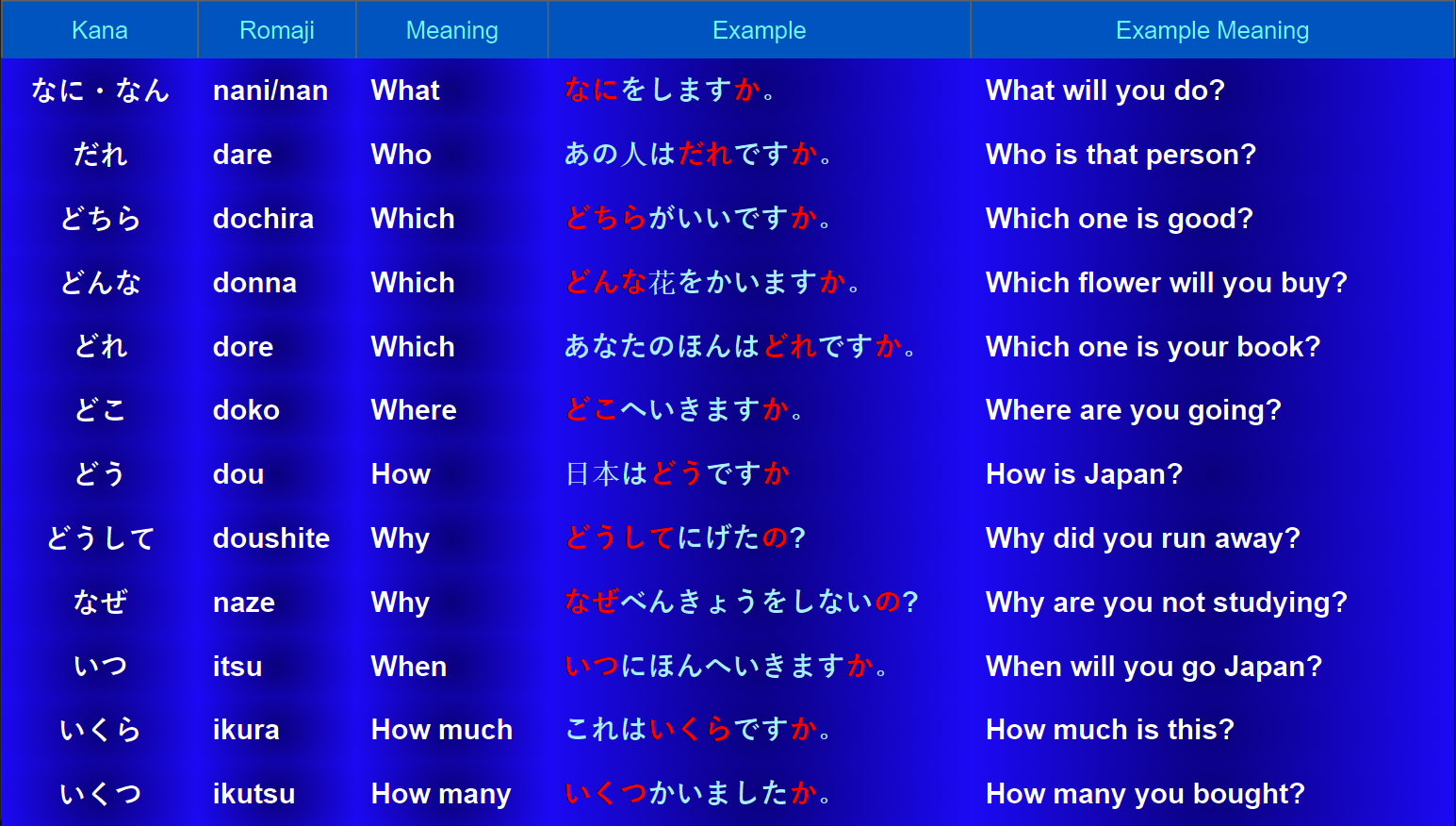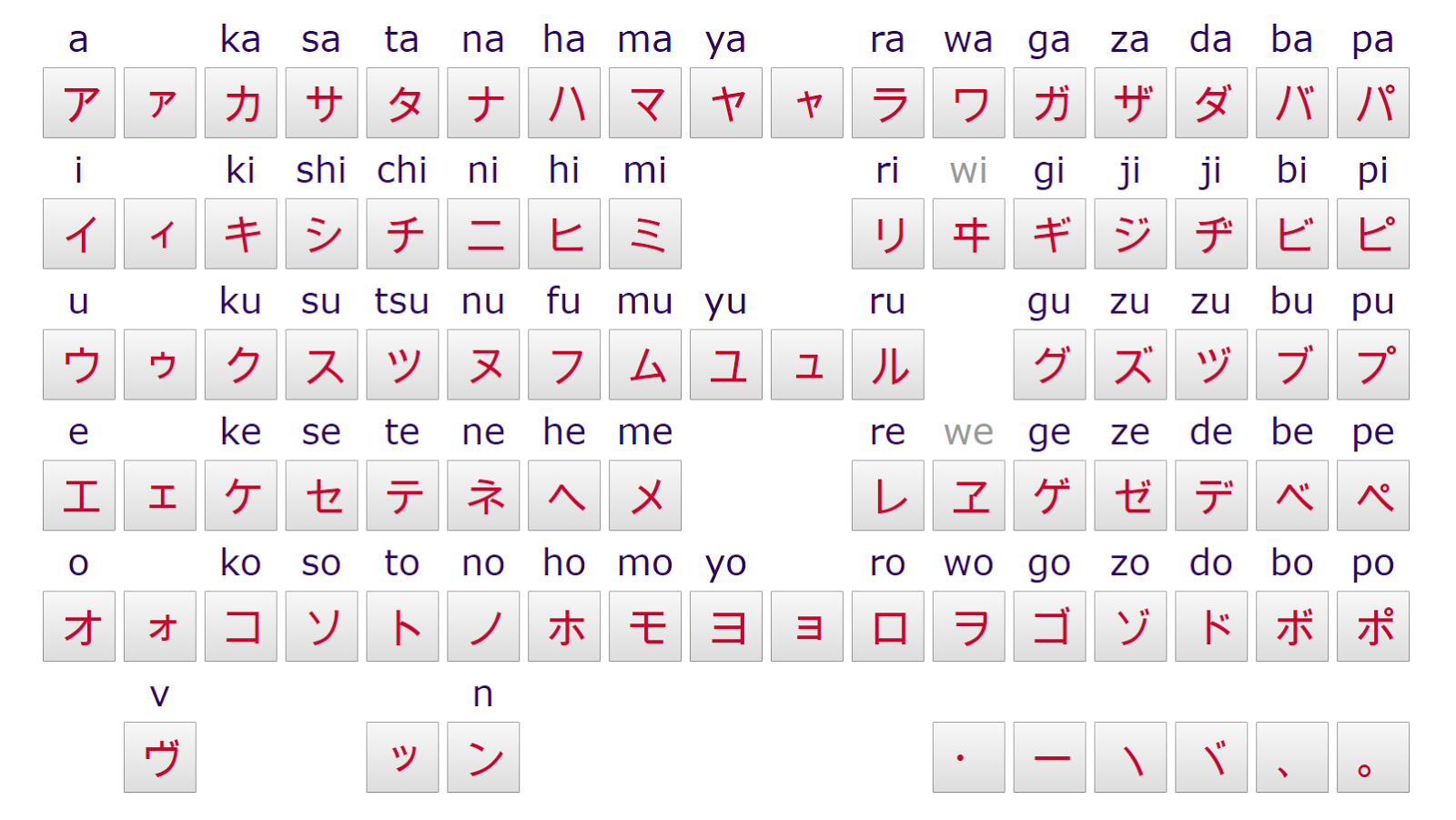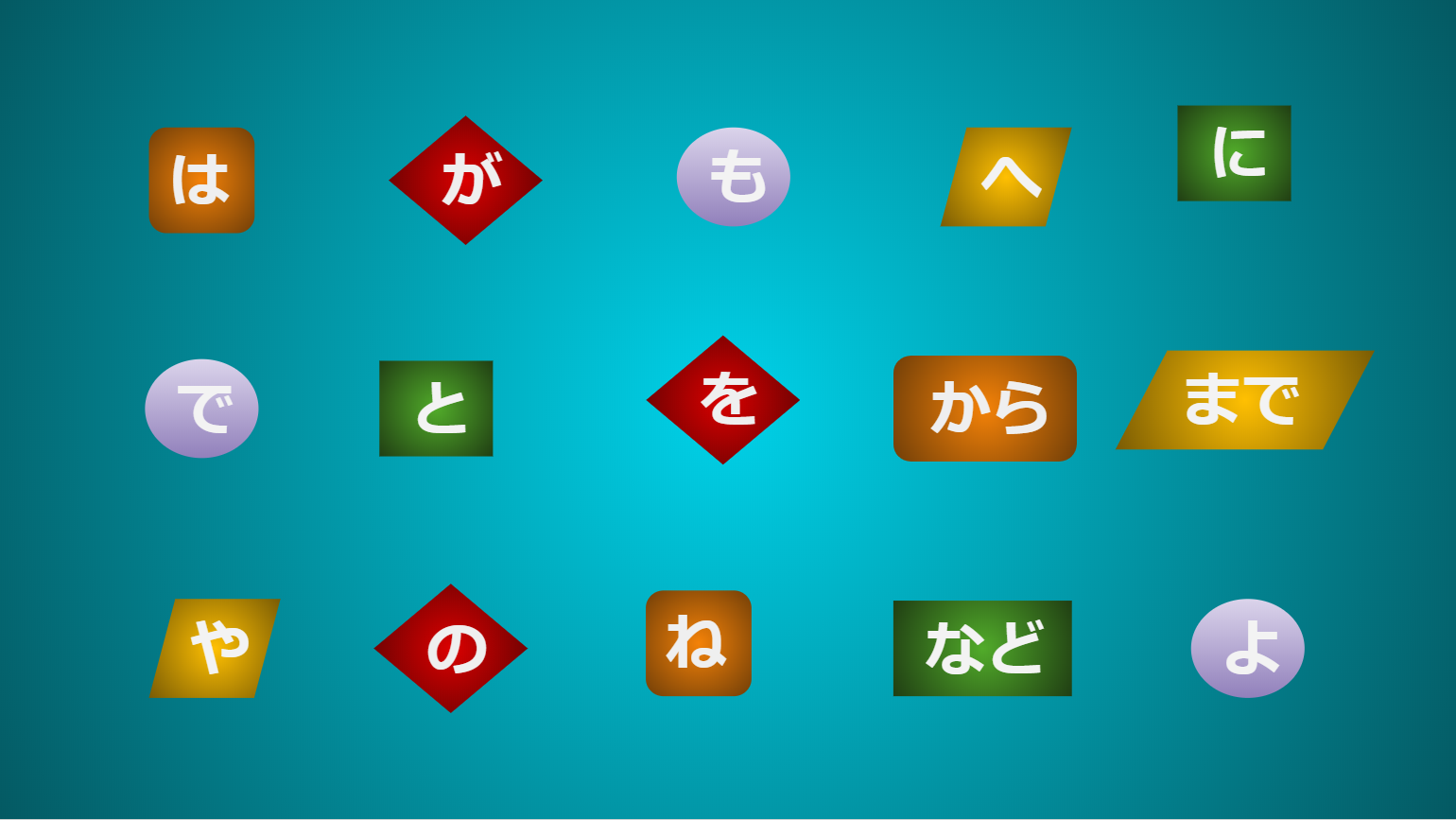JLPT N5 Lesson 23: Japanese Verbs Past Tense Negative Forms

「~なかった」- Past Negative Form In the present tense, when we transform a verb to a negative form, the verb always ends with 「~ない」 form, and before adding 「ない」 with the verb, as you may already know, the stem of the verb also may have some changes. For example, よむ => ま ない, where「む」=> 「ま」and then we have added 「ない」to make the negative form of this verb in present tense. However, if you know the negative form of any verb in present tense, then transforming that verb to past negative tense is a pretty easy task, just simply take out the 「い」 portion from the 「ない」 ending, and add 「かった」 , which means 「ない」 will become 「なかった」 . This conjugation rules will be applicable to all verbs. The picture above shows some examples of changing Japanese verbs from dictionary-form to 「た」 form (plain past form), 「ない」 form (present negative form) and 「なかった」 form (past negative form). Plain Form More examples - plain (informal) past negative verb conjugation: ある (to exist, existance of non-living t...

